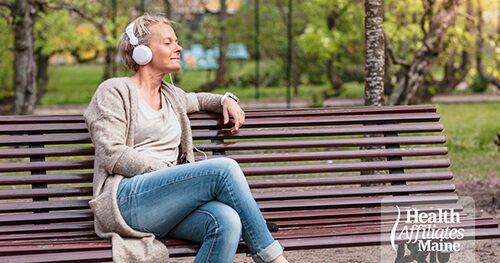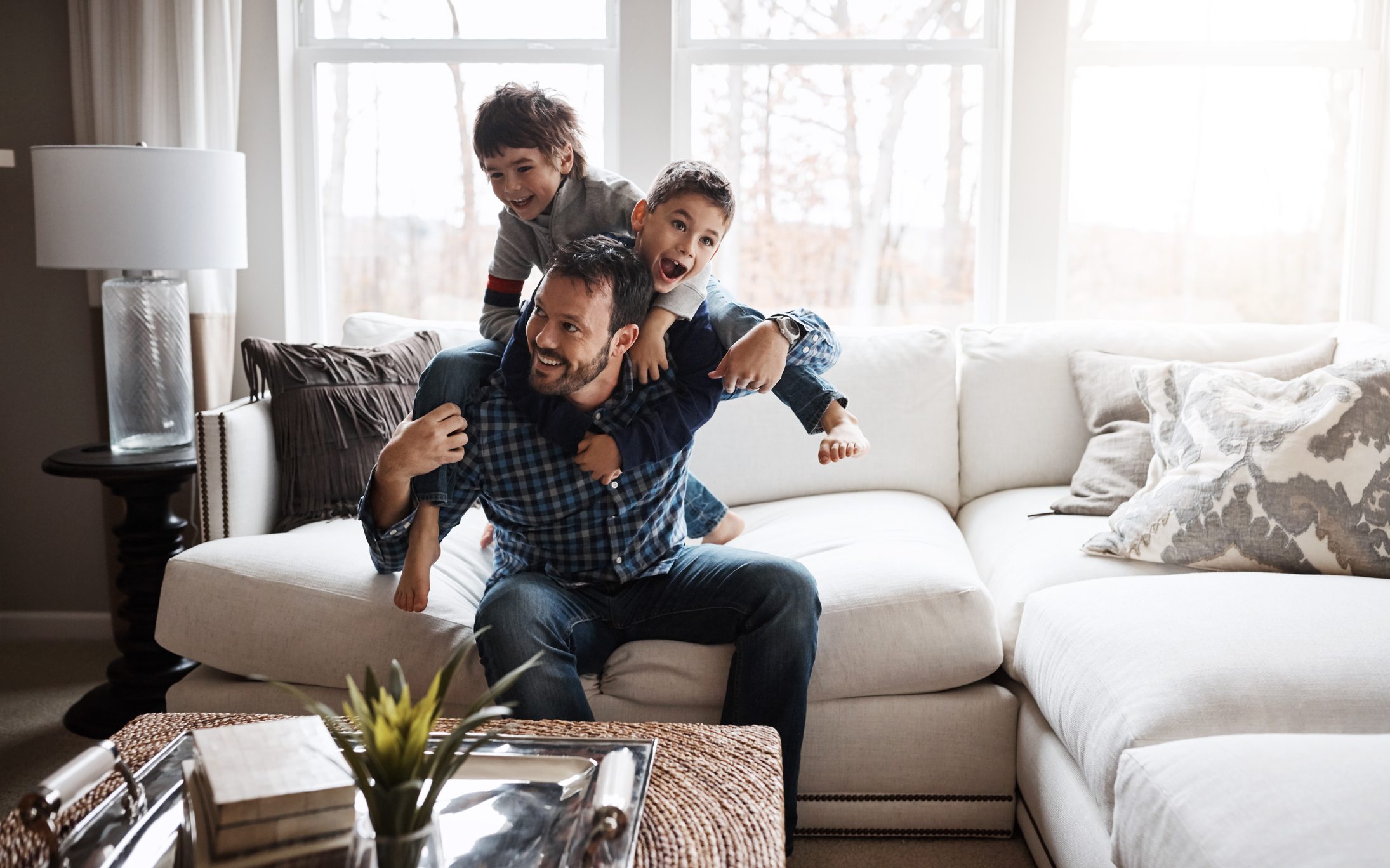
May 4, 2021 | Q+A, Tips for Healthy Living, Understanding Mental Illness, Wellness
This article originally appeared in Macaroni Kid on April 29, 2021, by Luanne Starr Rhoades, LCPC, LADC, CCS; Health Affiliates Maine. Question: I recently found out my 17-year-old is smoking marijuana. He said he does it to help with anxiety and that he finds a lot...

May 15, 2020 | Tips for Healthy Living
This article originally appeared in Macaroni Kid on May 14th, 2020 by Luanne Starr Rhoades, LCPC, LADC, CCS; Health Affiliates Maine “Finish each day and be done with it. You have done what you could. Some blunders and absurdities no doubt crept in; forget them as...




